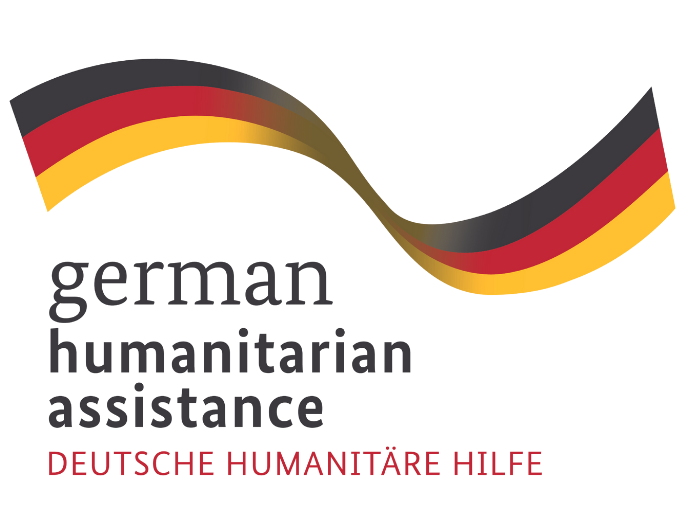About the report
This collaboration between the Joint Initiative and the Climate Action Accelerator analyses how donors climate and environmental commitments influence the way they fund humanitarian assistance. It also explores donor’s efforts to reduce their own climate and environmental footprint, and focuses on how they encourage and support the mainstreaming of climate change action and environmental considerations into humanitarian assistance.
Based on interviews conducted with partner organisations and donors as well as literature review, the document aims to support humanitarian organisations to better anticipate and adapt to donors’ requirements and requests, as well as inform donors’ coordination efforts. Findings are meant to enable the Join Initiative and the Climate Action Accelerator to better support their humanitarian partners, and will feed into multi-stakeholder dialogue the Accelerator is facilitating.
Increasing humanitarian donors’ support and leadership in footprint reduction is key to the sector’s climate and environmental transformation. While donors have been scaling up climate action beyond climate adaptation – including on mitigation, and engaging into collective efforts which are progressively getting traction, their role yet needs to be fully harnessed, as dedicated humanitarian funding for greening operations and activities remain rare. Most donor agencies have also been ramping up their own internal impact reduction efforts, but there’s still a long way to go. Building on existing coordination mechanisms, fostering a certain harmonization of practices and their operationalization in the field, and linking greening to localization, will help them achieve this.
Photo

Acknowledgments
This analysis was published by the Joint Initiative and the Climate Action Accelerator. We are very grateful for the participation of donor agencies, humanitarian organizations (including partners of the Joint Initiative and the Climate Action Accelerator) and networks that agreed to be interviewed as part of this research. This analysis reflects the authors’ understanding of the views expressed by interviewees. It does not necessarily reflect the opinions of the Joint Initiative’s/ the Climate Action Accelerator’s partners and board members.
We are grateful for the support of our donors:

Photo credit
Cover photo: Raphael Pouget Climate Visuals Countdown (Creative Commons, CC BY-NC-ND 4.0)
Download the report
-
Operationalizing and Scaling-up Donors’ Climate and Environmental Commitments: an analysis of progress, gaps and opportunities (in English)
Download -
Opérationnaliser et renforcer les engagements des bailleurs de fonds en matière de climat et d’environnement : une analyse des progrès, des défis et des opportunités (en français)
Download

